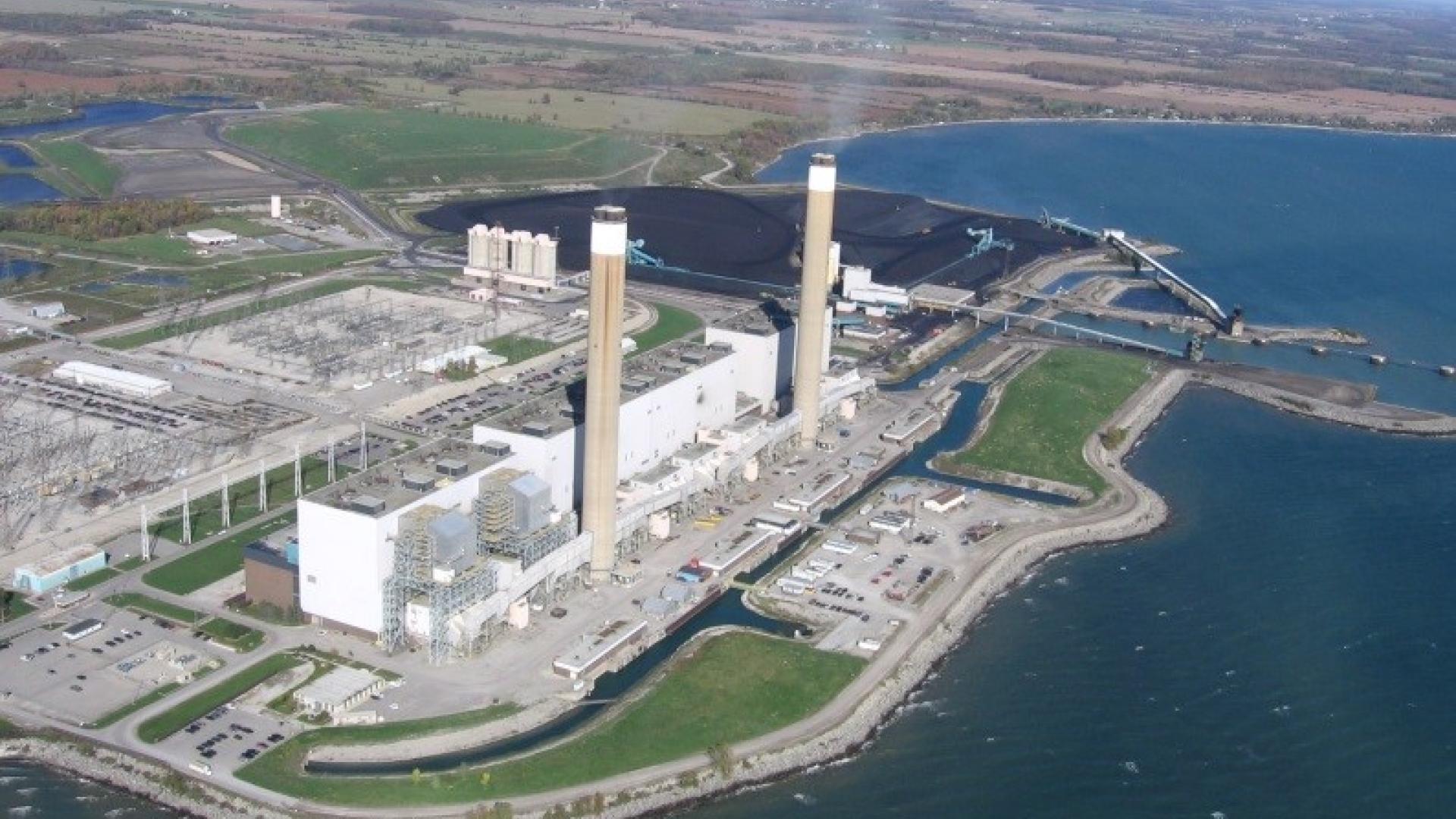
The term “toxic pollution” may bring to mind images of a local drainage pipe dumping discolored wastewater and chemicals into an otherwise picturesque river or stream.
However, scientists for some time have understood that toxic pollution also can be airborne, and released on distant continents before traveling thousands of miles and kilometers through the atmosphere and landing in the Great Lakes basin. A growing proportion of toxic pollution entering the Great Lakes is transported through this process, called long-range atmospheric transport. As a result, regional efforts to decrease emissions of toxic substances, while important, may not be enough to halt the increasing levels of toxic pollution found in the lakes.

The Great Lakes Water Quality Agreement – a binding document that guides the International Joint Commission -- stipulates that human consumption of fish should be “unrestricted by concerns due to harmful pollutants.” In this area, the IJC is particularly concerned about the atmospheric deposition of one toxic substance: Mercury.
Bacteria present in sediments can convert mercury into a toxic substance called methylmercury. Methylmercury increases in concentration in fish as it moves up the food chain in a process called bioaccumulation. When humans consume the contaminated fish, they are at risk for a number of serious health problems.
Infants and children are at particular risk when exposed to methylmercury. Children of women who eat large amounts of contaminated fish during their pregnancies may suffer impaired neurological development or cognitive impacts to memory, attention, language, and fine motor and visual spatial skills.
Mercury levels in Great Lakes fish declined significantly through the 1970s and ‘80s; atmospheric mercury emissions from the United States declined by about 60 percent between 1990 and 2005, while Canada emissions decreased about 85 percent between 1990 and 2010. This was in part due to closures of coal-fired power plants in Canada and the U.S.
In spite of these exemplary achievements, mercury levels have increased in some Great Lakes fish species in the 2000s. So what happened?
China and other Asian countries posted the most significant increases in mercury emissions from 1990 to 2010, largely due to increases in coal-fired power plants. Thus, in spite of regional progress to reduce emissions, increased mercury loadings reaching the Great Lakes through long-range atmospheric transport may be offsetting emission declines in North America.
Canada and the U.S. have already proven that reductions in mercury emissions are important and possible. The province of Ontario, Canada, is the first jurisdiction with a significant reliance on coal in North America to eliminate all coal-fired electricity.
Given the severe health effects caused by exposure to mercury, addressing mercury pollution that originates outside of North America is essential to the health of the Great Lakes ecosystem and the people living in it. The IJC’s key recommendation for governments to address atmospheric deposition of mercury is to provide funding for a monitoring network that would allow scientists to methodically trace the sources and trends of mercury pollution inside and outside of the Great Lakes basin.

Atmospheric transport and deposition of toxic chemicals are at the forefront of environmental challenges facing the Great Lakes basin. Monitoring toxic inputs of substances such as mercury will be crucial to developing policies to protect the Lakes and its residents.
World leaders are in Paris this month to try to reach a fossil fuels emissions deal that would help with some of this airborne pollution. To have truly healthy Great Lakes, we need global action.




